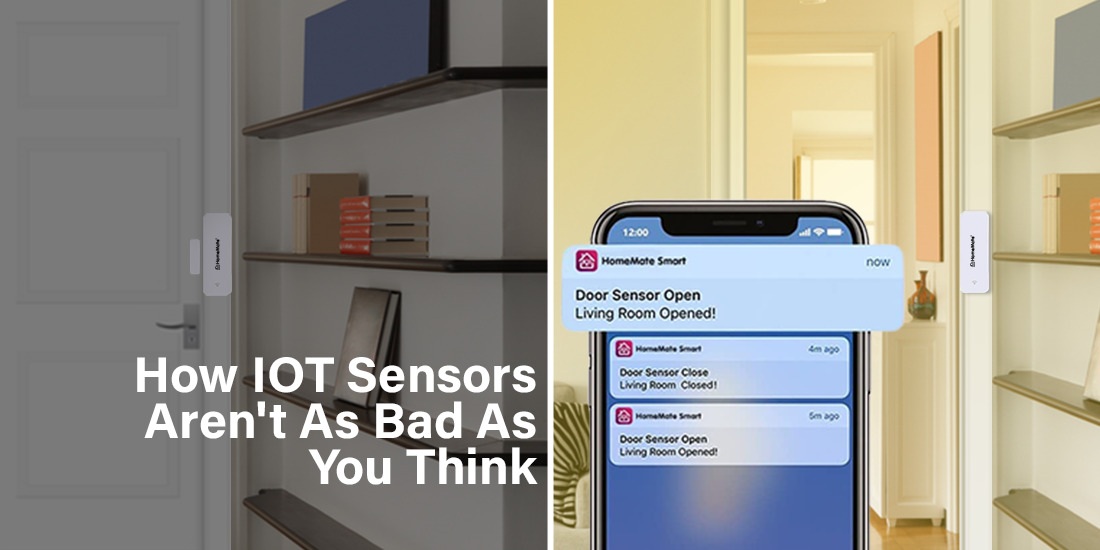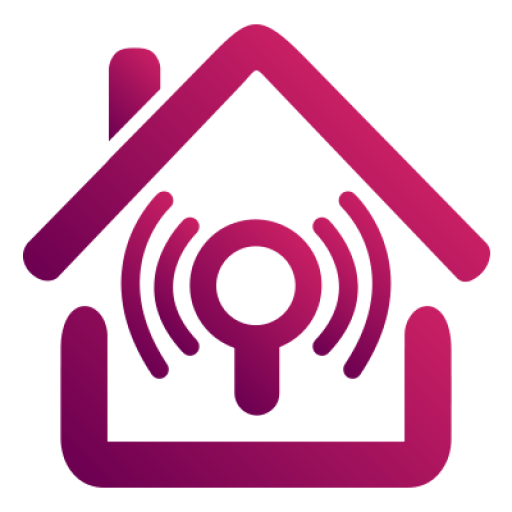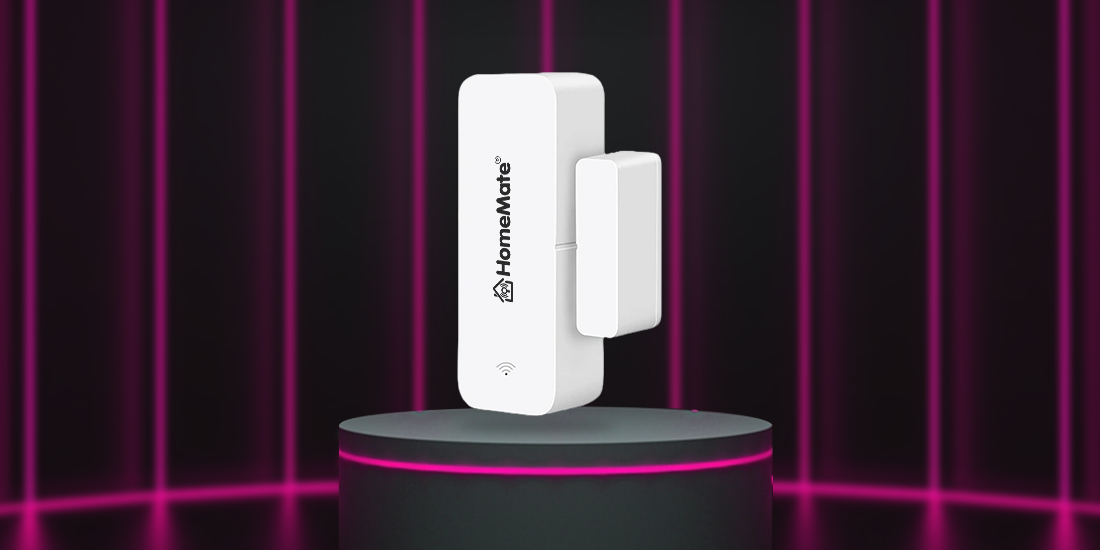How IOT Sensors Aren’t As Bad As You Think
How IOT Sensors Aren’t As Bad As You Think

The Internet of Things (IoT) has brought a huge change in each individual’s life. The availability of interconnectivity of devices and the exchange of data helps to enhance comfort and ease in various aspects of our lives. However, along with its rapid expansion, the IoT has faced criticism and scepticism, especially concerning privacy and security concerns.
HomeMate is one of the leading brands in home automation. With its expertise, HomeMate has given numerous smart products that have made lives comfortable. Numerous HomeMate products like smart lights, smart bulbs, smart security systems, smart cameras, smart LED panels and much more are best for security and comfortable surrounding. Moreover, the team of experts is well-learned to deal with IoT.
In this article, we aim to debunk common misconceptions surrounding IOT sensors and shed light on their positive impact, emphasizing how they are not as bad as you may think.
1. Privacy Concerns: Protection through Advanced Security Measures
One of the most significant apprehensions associated with IoT sensors is the fear of privacy invasion. Critics argue that the constant collection and transmission of data from sensors may expose personal information to malicious actors. While the concern is valid, it is crucial to recognize that advancements in IOT Security have made significant strides to protect user privacy.
IoT devices now incorporate robust security protocols such as encryption, authentication, and access controls to safeguard data from unauthorized access. Moreover, the implementation of stringent data protection regulations, like the General Data Protection Regulation (GDPR), helps the user to know that his rights are respected, fostering transparency and accountability while handling the data.
2.Data Security: Enhancing Measures for Secure Data Transmission
iot sensors [/caption]n that IOT Sensors pose a significant threat to data security is another misconception. It is vital to acknowledge that the IoT ecosystem consists of networks that are interconnected devices and platforms. Henceforth, the network works collectively to ensure secure data transmission.
With advanced encryption algorithms and secure communication protocols, the risk of data interception or tampering is significantly reduced. The Applications Of IOT Stem technologies help to build a secure channel for data transmission, minimizing vulnerabilities so that cybercrimes do not take place.
3.Energy Efficiency: Optimizing Resource Consumption
Critics often argue that the proliferation of IOT Sensors contributes to increased energy consumption and carbon footprint. However, the IoT is a catalyst for energy efficiency and resource optimization. By leveraging sensors, data analytics, and automation, the IoT enables intelligent decision-making and energy management systems, leading to substantial energy savings.
For instance, in smart buildings, IOT Sensors monitor occupancy patterns, allowing for precise control of heating, cooling, and Smart Home Lighting systems. This granular control ensures that energy is only consumed when necessary, resulting in reduced waste and improved sustainability.
4.Improving Public Safety: Enhancing Monitoring and Emergency Response
IoT Sensors play a pivotal role in improving public safety and emergency response capabilities. Traffic management systems can collect real-time data on traffic flow, congestion, and accidents if the installation of sensors is done in cities. This information enables authorities to make informed decisions and implement effective traffic management strategies, reducing travel time and enhancing overall safety.
Additionally, IoT Sensors are extensively used in disaster management scenarios. Remote sensing devices help to make attention and keep eye-opening on various environmental parameters like temperature, humidity, air quality, flood, forest fire, and much more. This early detection empowers authorities to initiate timely evacuation plans and allocate resources efficiently.
5.Healthcare Revolution: Personalized Monitoring and Preventive Care
The healthcare sector has witnessed significant advancements with the integration of IOT Sensors. These devices are revolutionizing patient care by enabling continuous remote monitoring and personalized health management.
Wearable IOT Sensors, such as smartwatches and fitness bands, track vital signs, sleep patterns, and physical activity levels, empowering individuals to take proactive steps toward better health. Moreover, healthcare providers can remotely monitor patients with chronic conditions, ensuring timely intervention and reducing hospitalization rates.
Home Automation Using IOT
The integration of IoT technology into our living spaces has provided us with convenience, energy efficiency, security, and enhanced comfort. Let’s delve into the world of home automation and explore the exciting possibilities it offers.
What is Home Automation Using IoT?
Home Automation Using IOT refers to the process of connecting various devices and systems in a home to a central network, enabling them to communicate and be controlled remotely. The devices which are available with the home automation system are lighting systems, thermostats, actuators, security cameras, and much more. These devices can be accessed and managed through connected mobile phones, tablets, or voice-controlled assistants i.e. Amazon Alexa and Google Assistant.
- Enhanced Convenience and Comfort
IoT-enabled Smart Home Automation simplifies our lives by providing seamless control over our surroundings. Imagine being able to adjust the temperature, dim the lights, or open the blinds with a single command or a tap on your smartphone. With the integration of IoT, we can automate repetitive tasks, such as turning on/off lights, locking doors, or watering plants, ensuring we have more time for activities that truly matter.
- Energy Efficiency
Home automation using IoT offers significant energy-saving benefits. Smart thermostats, for example, can learn our preferences, adapt to our schedules, and optimize temperature settings accordingly. This not only enhances our comfort but also reduces energy wastage. Additionally, IoT-enabled Smart Home Lighting systems can automatically adjust the brightness based on natural lighting conditions, occupancy, or time of day, leading to energy conservation and cost savings.
- Safety and Security
A major advantage of Home Automation Using IOT is the ability to enhance home security. Connected security cameras, motion sensors, and smart locks provide real-time monitoring, allowing homeowners to remotely keep an eye on their property. Notifications can be sent to alert us of any suspicious activity, and with the ability to lock doors or activate alarms remotely, we gain peace of mind even when we’re away.
- Integration and Customization
One of the strengths of Home Automation using IoT is its ability to integrate and control multiple devices and systems from different manufacturers seamlessly. Through a centralized control hub or smart assistants like Amazon Alexa or Google Home, users can manage various devices through a unified interface. Furthermore, customization options enable users to create personalized scenes or routines that automate multiple actions simultaneously.
- Challenges and Future Outlook
While the benefits of Home Automation using IoT are significant, challenges remain. Interoperability between devices and standards is also crucial to ensure seamless integration and avoid fragmentation within the market.
Looking ahead, the future of Home Automation using IoT holds tremendous potential. Advancements in artificial intelligence, machine learning, and voice recognition will further enhance the capabilities of these systems. Integration with renewable energy sources and the smart grid will enable smarter energy consumption and efficient management of resources.
Conclusion
Home automation using IoT has transformed our homes into intelligent living spaces, offering convenience, comfort, energy efficiency, and enhanced security. With the ability to control and monitor various devices remotely, homeowners now have greater control over their living environments. While challenges remain, the continued development and adoption of IoT technology will undoubtedly shape the homes of the future, making them smarter, more efficient, and more responsive to our needs. IoT Sensors are not as bad as they are often portrayed. While concerns regarding privacy and security are valid, technological advancements have resulted in robust security measures, ensuring the protection of user data. Moreover, the IoT’s positive impact on energy efficiency, public safety, and healthcare revolutionizes various domains, ultimately enhancing our quality of life.
As we move forward in an increasingly connected world, HomeMate is essential to address concerns through effective regulations and continuous technological innovation. By installing its products, we can fully embrace the potential of IOT Sensors, unlocking the transformative benefits they offer while safeguarding user privacy and security.

